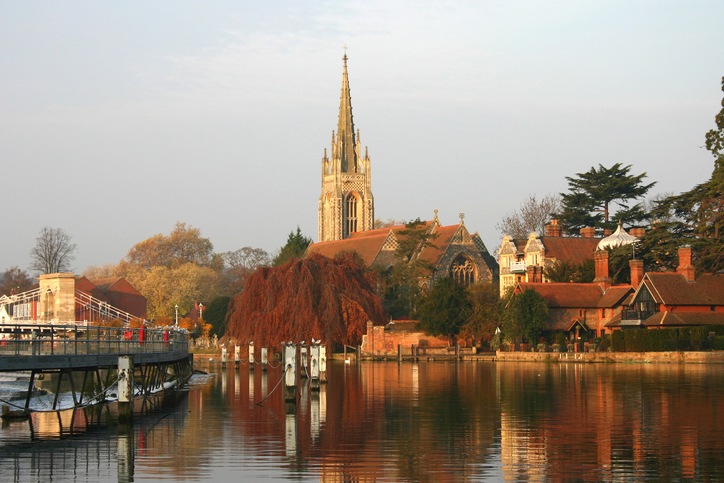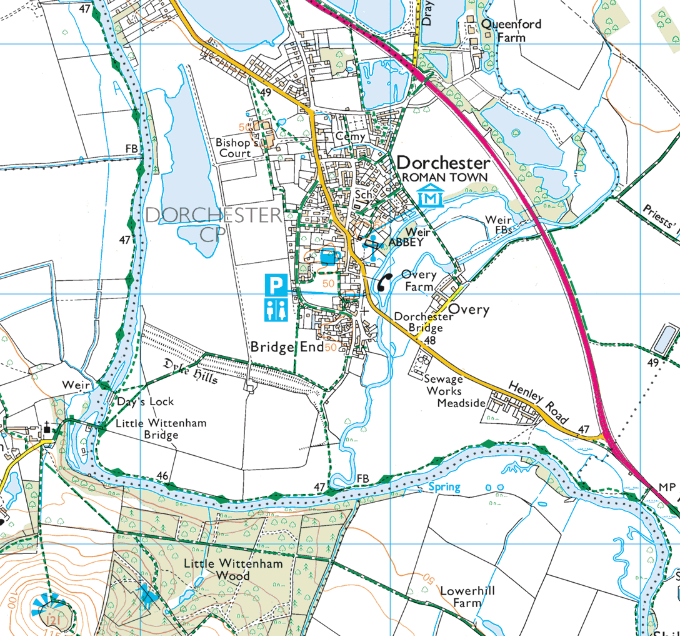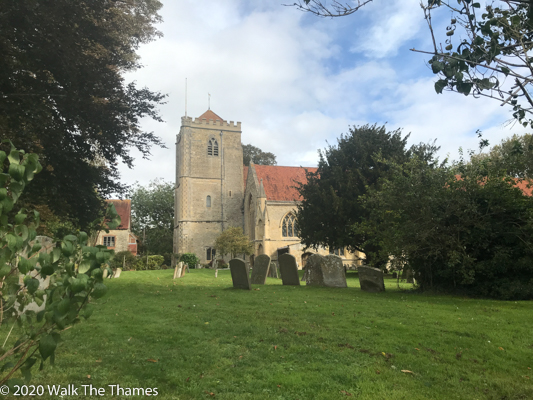We are now well and truly into autumn and the leaves are turning a spectacular colour. Whilst the weather may not be as predictable or clement as last month, October can bring some beautiful days with the sun low in the sky and creating atmospheres that are unique to this time of year.

After much consideration, we have decided to run packages throughout the winter. Ordinarily we would close at the end of October. However, this has been such an exceptional year with little sign of changing and many will want to seize opportunities whenever they can.
The performing arts seem to be coming back to life. The Mill at Sonning is re-opening as a theatre on October 30. The season consists of cabaret, comedy, magic, talks and small shows. Full details are available here. Packages include a delightful buffet lunch or dinner.
Dorchester Abbey has announced a series of concerts this autumn with the Orchestra of St John’s (OSJ). This includes works from Mozart, Brahms, Wagner, Faure and Tchaikovsky.
Turner and the Thames will be showing at Turner’s House (also known as Sandycombe Lodge) for 3 more weeks. Tickets must be pre-booked. Turner lived close to the Thames and many of his paintings were inspired by the river. Sandycombe Lodge can be seen on the Richmond page of our maps.
Two popular hotels have been in the news this week. The Miller of Mansfield in Goring had to call out the fire brigade on Sunday morning after an outhouse caught fire threatening the rest of the premises. The premises are likely to be closed for several weeks.
And the Red Lion in Henley is under new ownership. The hotel has been purchased by hotel operators/investors Grace Leo and Tim Hartnell. The previous owners, MG Hotels, also own the Manor Hotel in Datchet which has remained closed since the Covid-19 restrictions were lifted.
We wish both hotels every success for the future.
With the change of season it becomes necessary to watch out for flooding on the river. Our web page here highlights any issues that we know about. We monitor the Environment Agency website and, of course, being local and up and down the river most days, we can see first hand when problems arise.
Last week the Environment Agency issued flood alerts from Oxford as far as Cookham. However, the paths seem to have been unaffected.
Dorchester on Thames lies 70 miles from the source and about half-way between Oxford and Reading. Despite its name, it is not actually on the Thames, the river skirting around the village at a distance of about 0.5 miles.
But Dorchester is well worth the detour, which can be accessed either from Day’s Lock or from the confluence of the Rivers Thame and Thames. There are two hotels that provide accommodation: the George (dating back to 1495) and the White Hart, as well as a grocery store and a tea shop. But its main attraction is the Abbey.

Dorchester Abbey was founded in 1140, the town having been an important Roman settlement and later the capital of Wessex, before Winchester. The church was rebuilt during the late middle-ages. The Abbey survived largely unscathed during Henry VIII’s dissolution of the monasteries, and so the present church is around 800 years old.
The Abbey is open every day for visitors. There is a museum attached which is open from 11am to 5pm on Wednesday and Thursday; then from 11am to 2pm on Friday; and from 2pm to 5pm on Saturday, Sunday and Bank Holiday Mondays. The Abbey is famous for hosting classical music concerts. See the Events section above for details of their autumn series.

Walk The Thames founder, Richard, took advantage of a lull in proceedings to scratch an itch he has had for a number of years: to cycle from Lands End to John O’Groats. This turned out to be somewhat ambitious and, once in Northumberland, he decided to settle for the border at Berwick.
We asked him to compare the experience with walking the Pennine Way, which he did last year. “It’s an interesting comparison. It was physically more challenging than PW but that was probably because of the time I allowed myself. I targeted 70 miles a day, in order to complete in 2 weeks. And, as I was using cycle paths as much as possible, I could only manage an average speed of 7 mph allowing for breaks. That meant 10 hours of cycling which, in October, was difficult. I walked the Pennine Way in 18 days which is an average of 15 miles per day. At my walking pace (again allowing for breaks) of 2 mph, that’s just 7.5 hours per day. And I did that in April/May so I had more daylight.”
“You take less pictures when cycling because you don’t want to disrupt your momentum. Likewise I took more wrong turns! So, walking is definitely more relaxing. As for the physical impact, I think cycling is easier on the body. There is nothing as bad as walking on a foot with a blister.”
Richard says he plans to complete the journey in the spring but aiming for just 50 miles per day.
Ready to book?
| Cookie | Duration | Description |
|---|---|---|
| cookielawinfo-checkbox-analytics | 11 months | This cookie is set by GDPR Cookie Consent plugin. The cookie is used to store the user consent for the cookies in the category "Analytics". |
| cookielawinfo-checkbox-functional | 11 months | The cookie is set by GDPR cookie consent to record the user consent for the cookies in the category "Functional". |
| cookielawinfo-checkbox-necessary | 11 months | This cookie is set by GDPR Cookie Consent plugin. The cookies is used to store the user consent for the cookies in the category "Necessary". |
| cookielawinfo-checkbox-others | 11 months | This cookie is set by GDPR Cookie Consent plugin. The cookie is used to store the user consent for the cookies in the category "Other. |
| cookielawinfo-checkbox-performance | 11 months | This cookie is set by GDPR Cookie Consent plugin. The cookie is used to store the user consent for the cookies in the category "Performance". |
| viewed_cookie_policy | 11 months | The cookie is set by the GDPR Cookie Consent plugin and is used to store whether or not user has consented to the use of cookies. It does not store any personal data. |